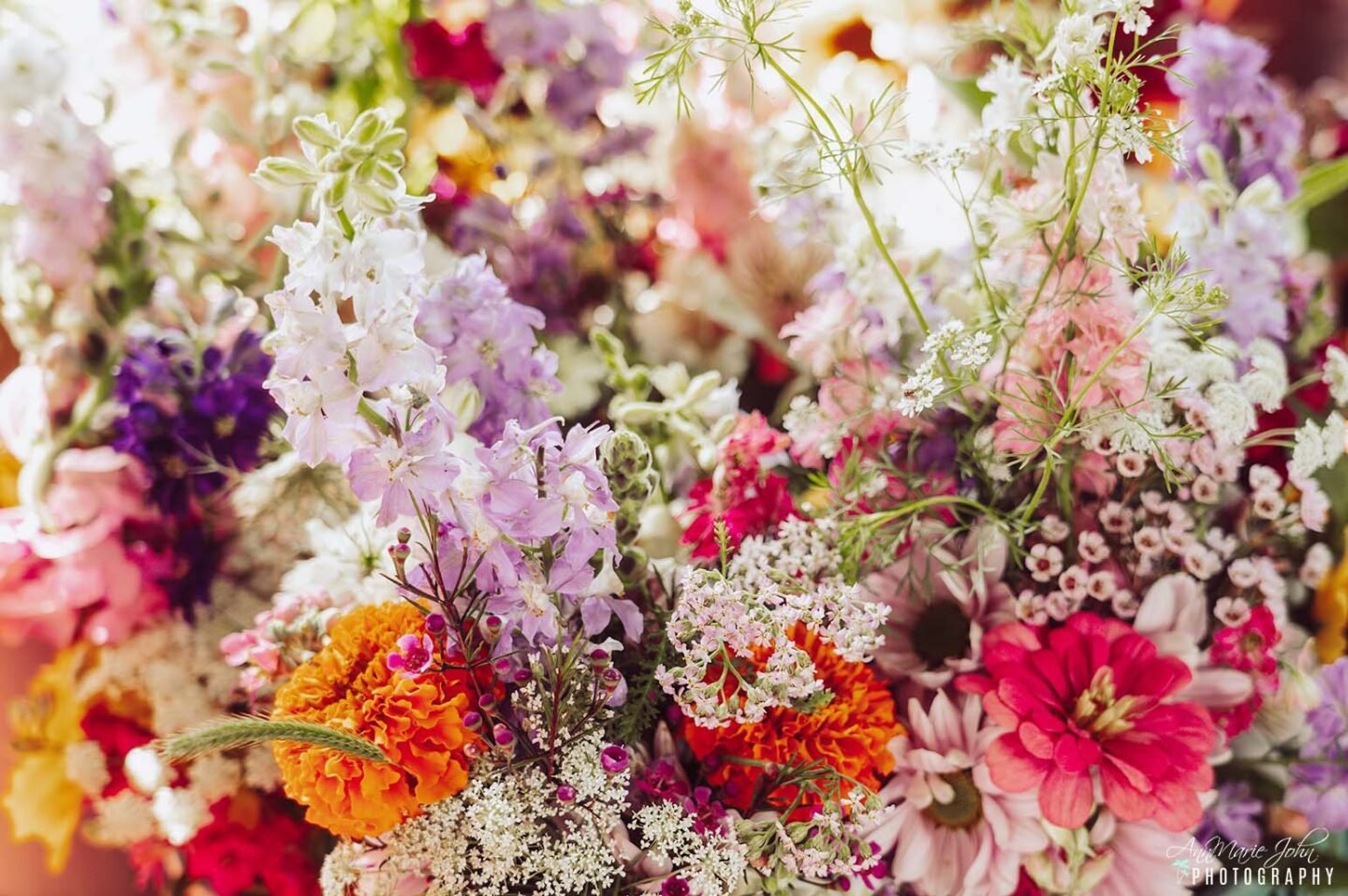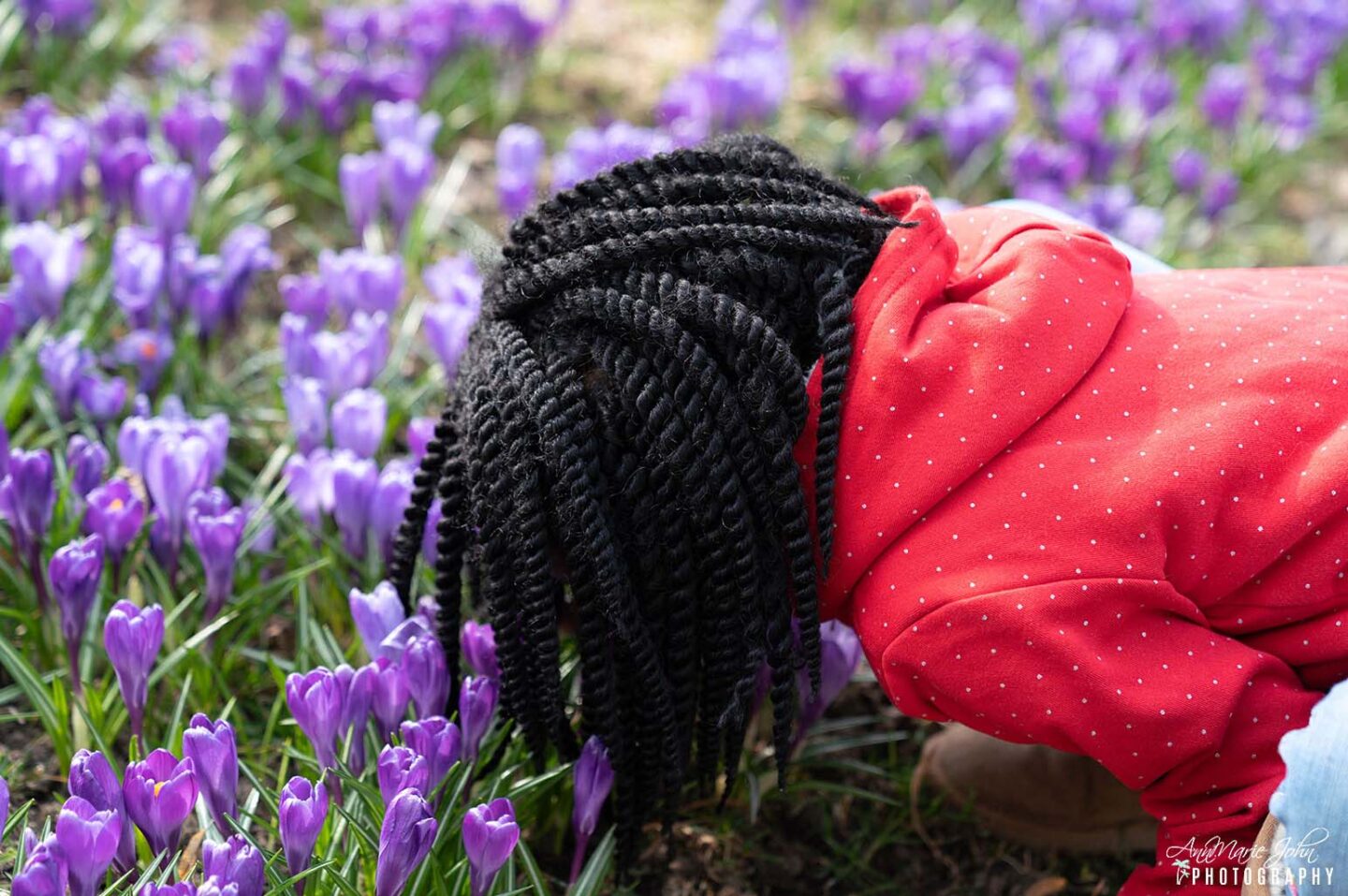A wildflower meadow may transform your garden or yard into a blooming natural ecosystem. Wildflowers attract butterflies, bees, and insects in addition to adding a burst of color to the landscape. Wildflower gardens are a great way to break up from the traditional planned beds seen in many gardens, but they do take some planning, work, and upkeep. To discover more about how to cultivate them effectively, read these guidelines.

Prepare a Space
Wildflowers don’t require much to flourish, but they do require a lot of sunshine to thrive. Choose an area in your yard that receives at least six hours of direct sunlight each day (at least one square foot). Building your flower beds in the fall is great, and there’s still time to plant, depending on when frost may come in your location.
You’ll want to start with a clean slate, so get some gardening gloves and other gear that will make the job easier on your body. With your hands or a grub hoe, gently break up weeds and soil clods, removing the area of any existing plants, pebbles, or other debris. Finally, smooth the earth with a rake to create a flat surface.
Consider the Seeds
Once you know what kind of soil you have, a gardening professional can recommend the best seed mix for your area and budget, ensuring that everything you plant will thrive in your environment. Pollinators are attracted to all wildflowers, but particular varieties are more likely to attract particular species of birds, bees, and butterflies, so keep that in mind.
A great suggestion is bee bombs, which are constructed out of a bunch of wildflower seeds crushed inside a clay and dirtball. They function successfully if you examine the surrounding environment and attentively follow the directions. You may also find more information on bee bombs and see what plants are in them and how to plant them.
Wildflowers, like many other low-to-the-ground plants, fight for sunshine and nutrients in the soil through their roots. As a result, you must be cautious about where you position them. It’s a waste to put them among a pile of weeds, vines, and other incredibly hardy plants.
Watering
Watering wildflowers in the ground is especially important after sowing and throughout the first six weeks while the seedlings are forming themselves. If the weather is hot, water your newly sown wildflower area twice a week, or more frequently if the weather is hot.
To avoid washing seeds off, water gently with a rose in a watering can or a gentle sprinkle attachment to a hose. You may guarantee that you have water during a drought by irrigating your wildflowers with rainfall. You will also be helping to protect the environment by minimizing your water usage.
Never over-water the plot once the seeds have germinated and plant development has begun. You still want to keep your soil moist, but too much water can dehydrate your seedlings and prevent them from obtaining adequate oxygen.
Apply a Herbicide
To get rid of existing weeds, use a non-residual herbicide. Use a herbicide intended to destroy existing weeds to the weeds that have already developed in the soil. Choose a non-residual type, which means it will dissolve in the soil after a few days of usage. To prevent harming any other neighboring plants or grasses that you want to maintain, spray the pesticide evenly across weeds. Pre-emergent herbicides, on the other hand, are applied to the soil before the emergence of weeds to prevent their seeds from germinating.
Test Your Soil
The majority of wildflower species prefer well-drained soil. Dig a hole 12–18 inches wide and 12–18 inches deep to see how well-drained your soil is. Water should be poured into the hole. You have inadequately drained soil if it requires more than an hour for the water to drain. To assess the acidity or alkalinity of the soil, use a PH test kit from a garden shop. Take a tiny quantity of dirt from your garden’s surface and put it on the mixing card that came with your kit. Cover the soil with the white powder from the kit and a few drops of indicator dye. For best results, wait for the color to change.
Care for Your Flowers
Although wildflower beds are self-sustaining in the long term, they do need some maintenance, particularly in the beginning. After the seeds sprout, they require regular hydration in order to produce robust seedlings that will grow into healthy plants. If it doesn’t rain, be ready to water the garden every day, especially if the weather is dry and hot. But don’t completely submerge the soil; instead, give it a good soak until the water drains in several inches.

Wildflowers are an excellent alternative for your garden since they are easy to cultivate and maintain. You may combine a variety of gorgeous wildflowers with varied blooming patterns to create a colorful yard. Plant a variety of annual, biannual, and perennial wildflowers so that some bloom straight away and others emerge slowly but steadily over time.
